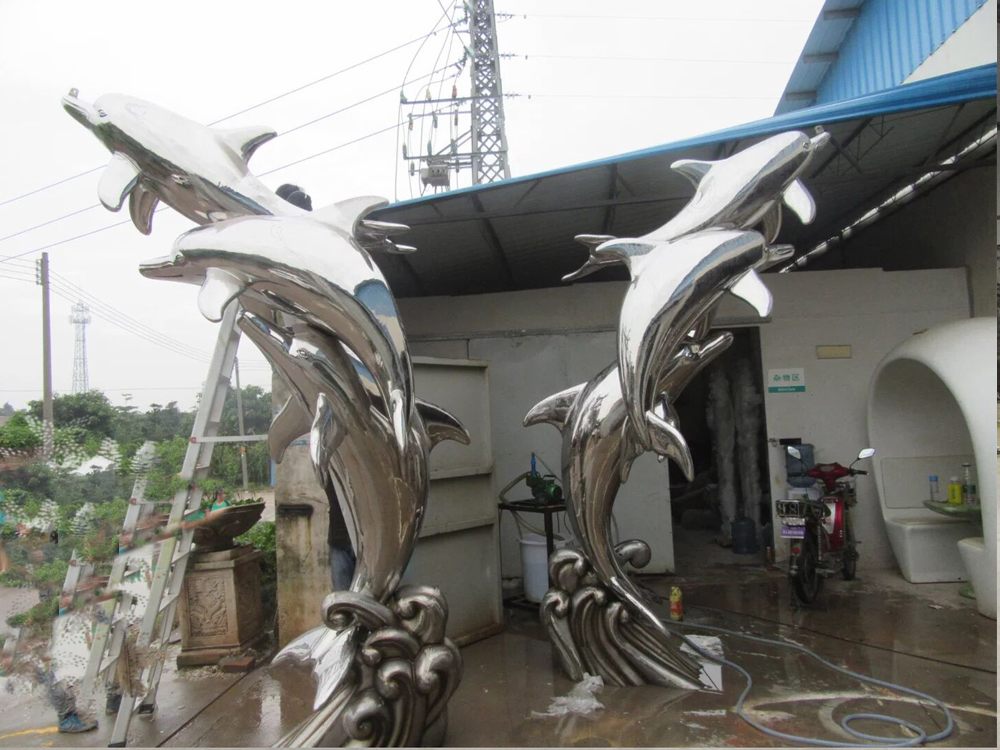
The porosity of natural stone plays a crucial role in determining the most effective sealants and treatments for preservation. Highly porous stones like limestone or sandstone absorb liquids quickly, requiring penetrating sealants that form deep protective barriers within the stone's matrix. These sealants must have low viscosity to penetrate effectively while maintaining breathability to allow moisture vapor transmission.
For moderately porous stones such as travertine, hybrid sealants combining penetrating and topical properties often work best. These provide subsurface protection while creating a slight surface barrier against stains. Dense stones with low porosity like granite or quartzite may only need simple topical sealants, as their tight crystalline structure naturally resists absorption.
The treatment approach also varies with porosity. Porous stones benefit from pre-sealing before installation to prevent grout or adhesive staining. Regular reapplication of sealants is necessary for porous varieties, typically every 1-3 years depending on usage. Less porous stones may only require sealing every 5-10 years.
Understanding your stone's absorption rate through simple water droplet tests helps select appropriate products. Always match sealant chemistry to stone composition - silicone-based for siliceous stones, solvent-based for calcareous varieties. Proper porosity assessment ensures treatments enhance durability without compromising the stone's natural characteristics.

